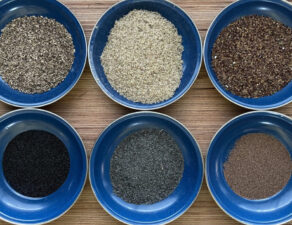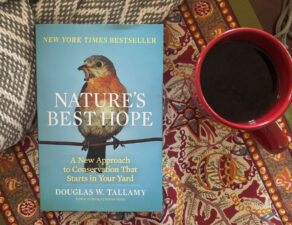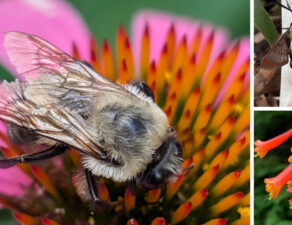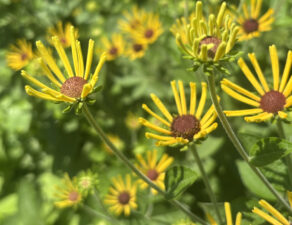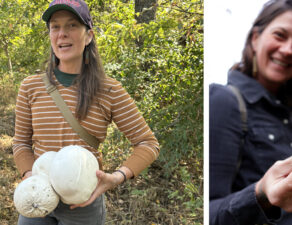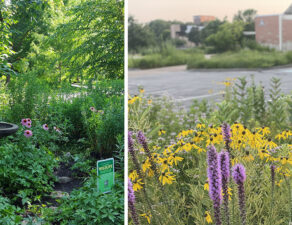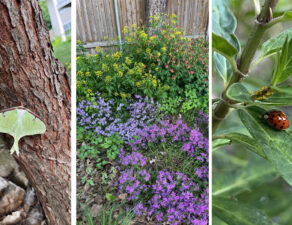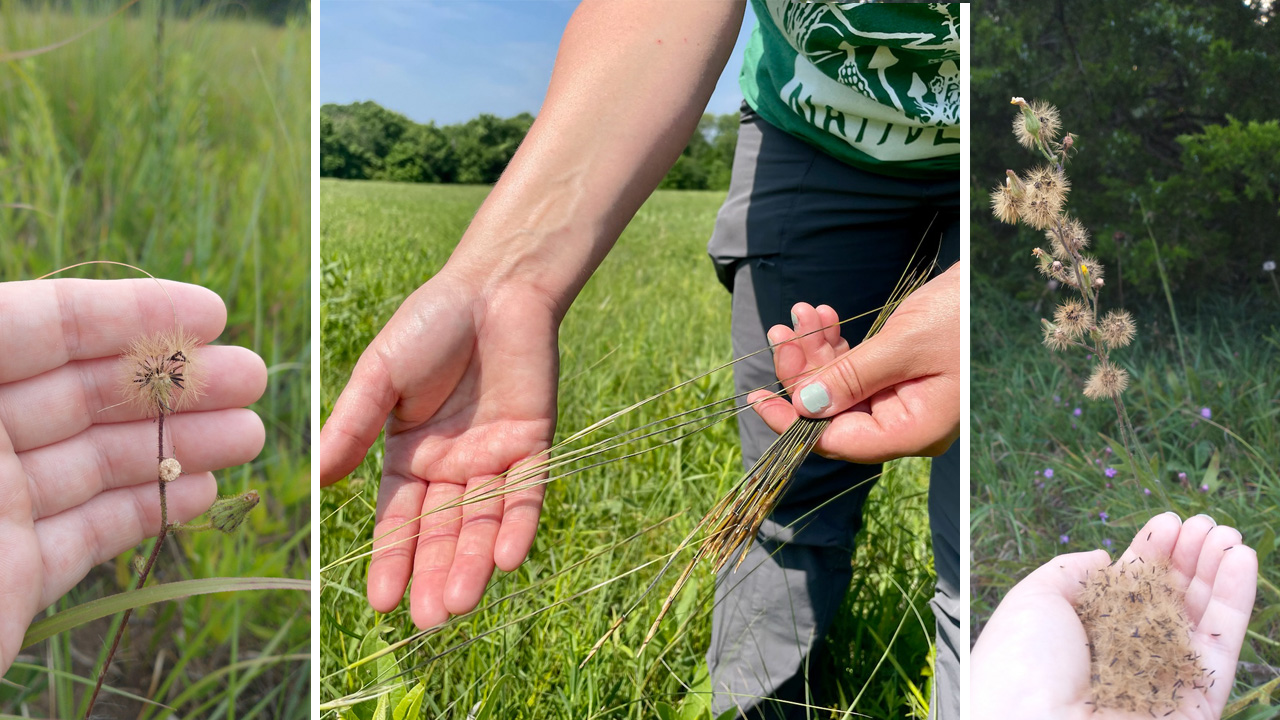
Photo Credit: Courtney Masterson
Written by Chris Cardwell, Program Manager
This time of year can be somewhat of a challenge for native plant enthusiasts. Blooms slowly disappear and the tree foliage falls, turning from golden hues into overwintering cover for insects. Many plantspeople turn their attention to winter interests, and the collection and preparation of native seed for propagation and dispersal is a vital one – but what are the best practices and guiding principles your community should adhere? Deep Roots engaged with three of the region’s leading experts for their insights into how we can all ensure the successful – and sustainable – collection of native plant seed stock.
“What are some of the critical considerations when determining the most ethical approach to native seed collection?”
Program Coordinator for Kansas City Wildlands, Ginger Werp, focuses on public lands with remnant [undeveloped] landscapes, and offers the following: “Many public lands require a permit to collect seeds from their land and it cannot not be for personal use or sold. Everything we collect goes back to public lands and is distributed amongst our partners for their restoration efforts …. the best time to collect native seeds is to join a Kansas City WildLands group seed collection. We have many opportunities still to come this fall and will begin processing seeds in December. For more information on collections see our volunteer page or contact me directly at ginger.werp@bridgingthegap.org.“
Mervin Wallace of Missouri Wildflower Nurseries works at a commercial scale and notes, “Plants belong to the landowners, so to get on someone’s property and collect seeds from their plants you need permission for two reasons, trespass, and ownership…as a business where we are selling the seeds or plants grown from the seeds, we need permission which is generally granted in the form of a contract where we agree to give back a percent of the seed that we harvest, so the organization can use it in plantings. How much of the population should you harvest? With our methods of harvesting, there is no way that we can get all the seeds. When we are wild harvesting on a prairie with a combine, a good amount of seed goes on through the combine and out the back to the ground. Combines are not 100% efficient (notice the corn growing in a harvested field in the fall after rain!) …It is good to harvest seeds when you can tell that the seeds are starting to fall from the plant. You will avoid the possibility of harvesting everything if you arrive late. “
And Courtney Masterson, Executive Director of the Native Lands Restoration Collaborative echoed similarly, saying “We ensure we’re collecting ≤ 20% of the seed from a species on a site, to protect the plant population and the wildlife that depend on them. If we’re collecting from gardens for new native plantings, we may collect more if seed management is a goal for that garden. This is a complex topic and a passionate one for many native plant professionals, ecologists, etc. Join a local nonprofit in seed collection efforts to learn more about the process and guidelines for this truly wonderful activity – check out Kansas City WildLands and Native Lands Restoration Collaborative’s events on their social media pages throughout the seed collecting season!”
“Describe the most common mistakes the general public encounter when collecting and dispersing native seed?”
Courtney says, “The most common mistake I’ve observed is dispersing seeds at the wrong time. Most of our native seeds need to experience winter weather conditions to germinate. This can be an artificial cold stratification (in a fridge) but it’s vital to increase the germination rate for these species. Use caution when dispersing seeds to disguise them – birds and rodents are seeking food all winter! Hide them just below the soil surface or under a snowfall for best success. Another common mistake I’ve witnessed is collecting seed before they are mature or collecting the wrong material from the plant (“that’s not a seed!”). Take the time to get to know the species you’re collecting from before you gather their seed – it makes the experience so much more meaningful (and successful), in the long run. “
And Ginger goes one step further when it comes to planned residential landscapes: “For the general public, I always recommend starting gardens with plants instead of seeds. This allows for better design (if that is what you are after), plant success, and some plants take a long time to grow from seed. If someone wants to start a garden from seed, they should still consider propagating the seeds into seedlings before planting. Many native seeds require a cold stratification period, and some have much more extensive propagation steps. “
Lastly, many Deep Roots supporters have reached out regarding seed banks, or collective efforts to find and contribute seed. For your seed purchases, get over to www.mowildflowers.net, but Courtney sheds a light into community-driven seed efforts as well: “both Native Lands Restoration Collaborative and Kansas City WildLands collect and save seeds for restoration work. KCWL would accept wild collected seed from remnant landscapes. …you may also consider donating your native seeds to your local library if they have a seed catalog! Two wonderful options are the Lawrence Public Library and the F.L. Schlagle Library in Kansas City, Kansas. Many local libraries have seed catalogs now. Support them! Starting a seed exchange in your community is a wonderful gift of effort, as well. We have a fantastic seed exchange in Lawrence, the Kaw Valley Seed Fair, every February. Manhattan, Kansas is starting their own this year, too. Start one in your neighborhood and reach out if you have questions!”
Deep Roots is so grateful to our partners for their contributions to this conversation, and for their leadership and inspiration in the native plant community! Check out their websites for more information and to support these efforts –
https://www.nativelandsks.org/
